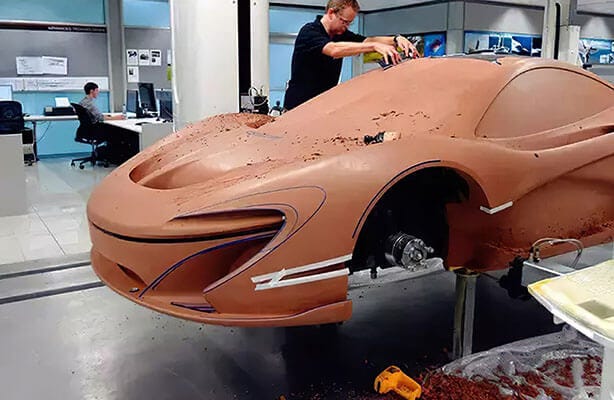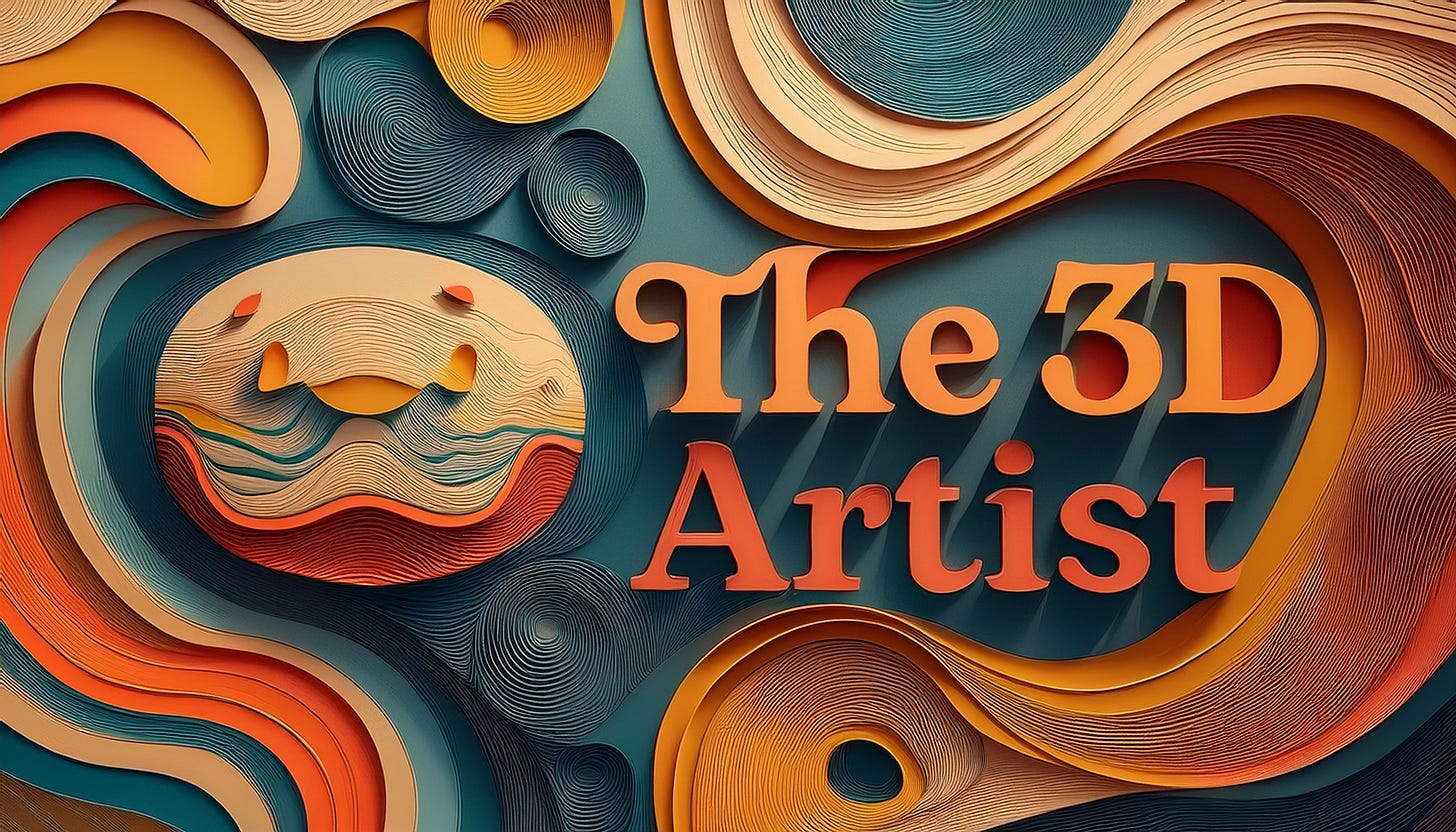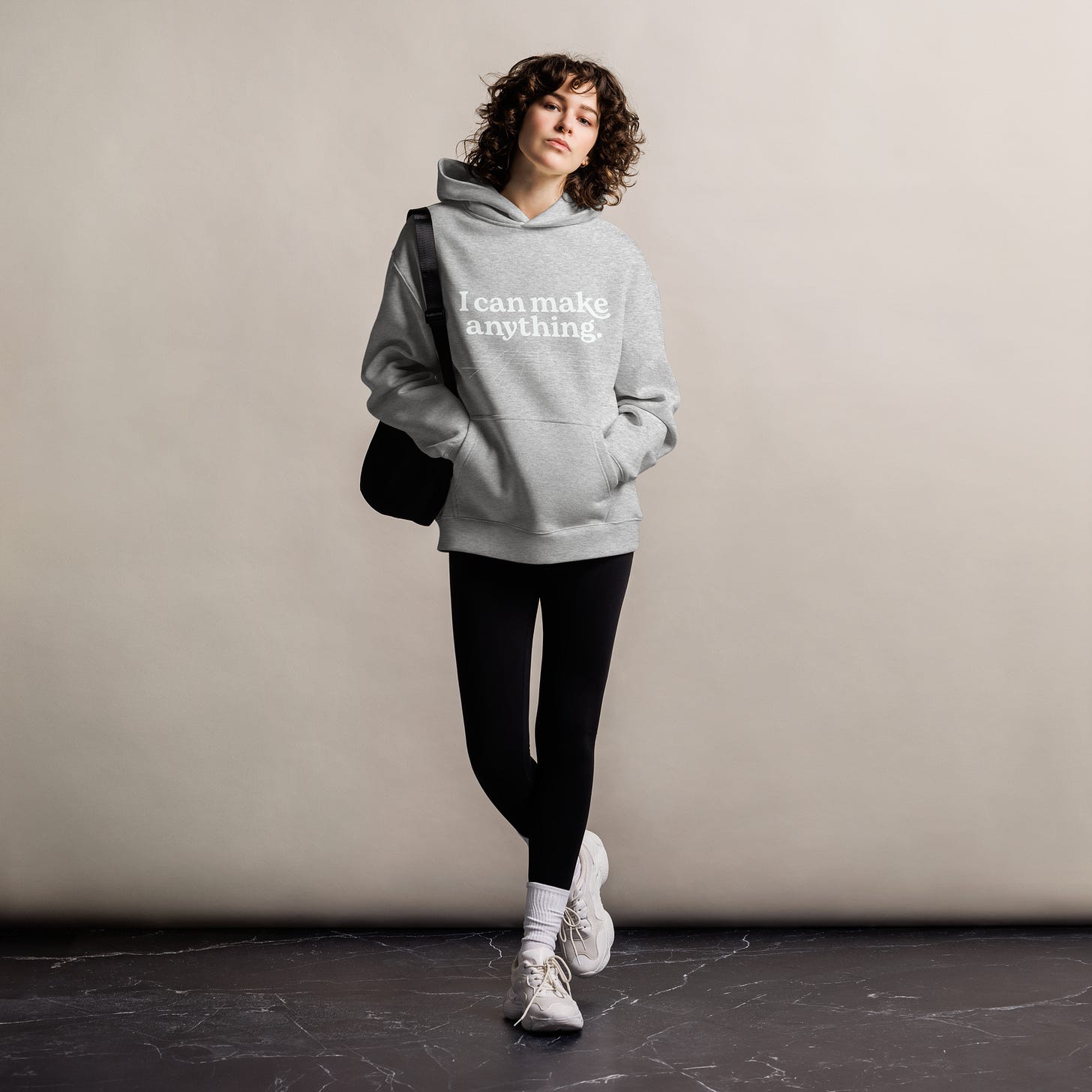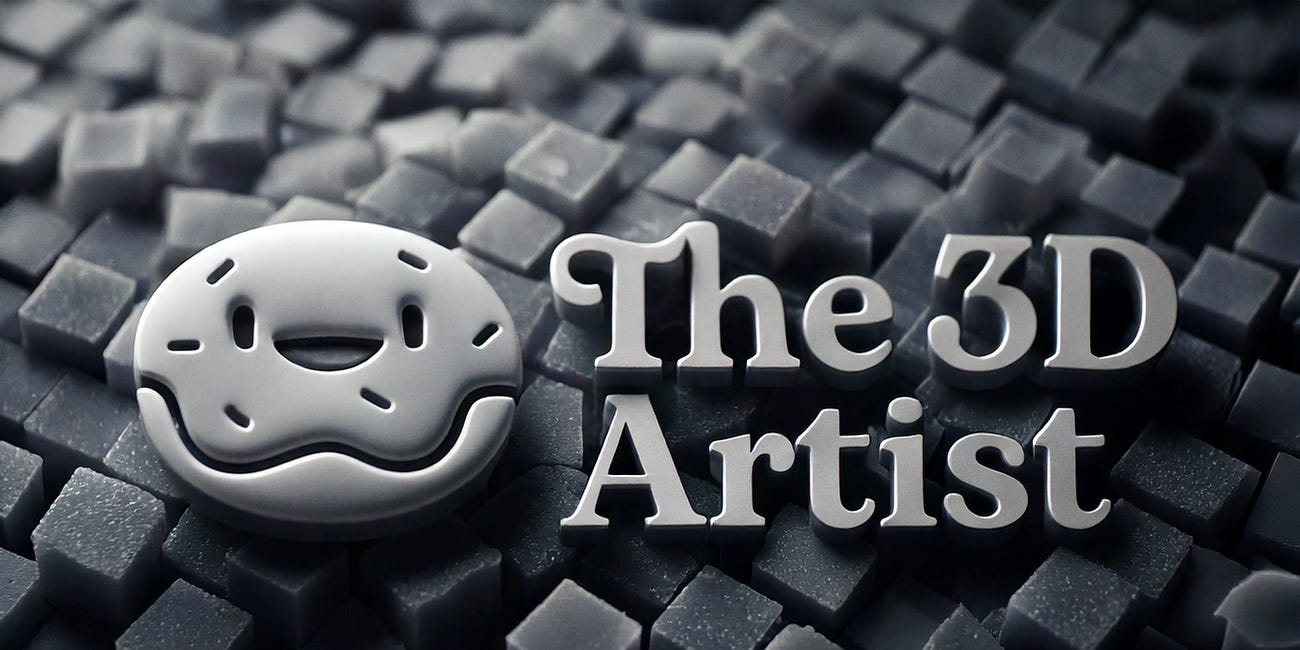WTF is a Digital Twin?
Not Just a Pretty Render: Why Digital Twins Are the Secret Weapon Behind Modern Product Content
Welcome back to another installment of WTF of 3D — my ongoing quest to break down some unique (and often misunderstood) concepts in the world of 3D art. I feel like this series is becoming common enough that I may need to create a theme song for it.
But for now, I’ll allow you to insert your own here. I'll wait...
(I’m going with the Growing Pains theme. Here’s the link if you want to partake.)
Okay, now that the tables are properly set, let’s dive in.
This week, we’re talking about digital twins.
Now, I know many of you reading this already know what a digital twin is. Some of you work with them on a daily basis. Others may have never heard this term before. Because of that, this article is doing double duty:
If you’re in an industry that doesn’t use digital twins, welcome to a genuine WTF moment.
If you do use them, consider this your cheat sheet for explaining them to non-3D folks: executives, stakeholders, in-laws, random people at parties.
I’ve had to explain this concept a lot at my job, and over time, I’ve refined the pitch. So I’m sharing my best version with you — so next time you’re talking to a recruiter, a client, or your kid’s teacher at back-to-school night, you’ve got the language ready.
So… what is a digital twin?
Here’s the official tagline:
A digital twin is a virtual 3D representation of a physical product, enabling enhanced product visualization, personalized customer experiences, and optimized supply chain management.
At its core, a digital twin is a photorealistic 3D model of a real-world product. It’s designed to be a replica, so precise that the viewer doesn’t even realize they’re looking at a 3D render.
Where do digital twins fit into production?
Let’s rewind and look at the traditional product pipeline:
Concept an idea
Design it
Prototype it
Approve it
Manufacture it
Photograph it
Use those photos for marketing
That system has worked for decades, but it’s slow, costly, and wasteful — especially when changes are made late in the game. Now imagine that same cycle playing out for every colorway, size, and variant. It scales poorly.

On the marketing side, things have exploded. You don’t just need one hero shot anymore. You need thousands of assets: social ads, banner ads, packaging, in-store displays, email campaigns, e-commerce listings — each with multiple sizes, styles, languages, and formats.
Need to swap a logo? Update a tag? Shoot a new angle? Traditional photography is expensive and inflexible.
This is where digital twins shine.
1. Design and Prototyping
Instead of sending designs off to be physically prototyped multiple times, companies can create a digital version. Most already have CAD models — it's just a matter of converting that into something photorealistic. That alone reduces time, money, and material waste
.
2. Marketing and Content Creation
Once the design is approved, that exact digital twin can drive your marketing pipeline. You can render stills, animations, AR experiences, and more — all before manufacturing even starts.
You can generate new assets on demand, reuse them across markets, localize packaging, and scale production without having to start from scratch. Digital twins make that possible.
“But can’t we just take a photo?”
Sure. But only if you enjoy:
Paying for more reshoots
Waiting weeks for changes
Building and breaking down physical sets
Photography is an art form — and a difficult one. You need a full team, including sets, stylists, and lighting setups. And once a shoot wraps, you’re locked into whatever you captured.
With 3D, you can iterate endlessly. Shadows, textures, color swaps, camera angles — all editable.
And no, this doesn’t replace photographers. It frees them up. Let 3D cover the repeatable stuff. Let photographers focus on lifestyle storytelling where their creativity shines.
Why now?
Digital twins aren’t new, but two big shifts have accelerated their adoption:
COVID shook up the supply chain
The pandemic has exposed the vulnerability of global manufacturing. Delays, shutdowns, and shipping issues made digital workflows a lifeline.
The rise of generative AI
AI tools are promising marketers the moon: “Upload one product shot, get a hundred variations.” But many tools hallucinate — and for consumer products, that’s a dealbreaker.
So companies try AI, realize it’s not accurate enough, and ask: “How do we scale content without compromising on quality?”
Enter the digital twin. It becomes the stable foundation. A verified, pixel-perfect 3D model that AI can build around, not overwrite.
Let AI hallucinate the background. Keep your product real.
What does this mean for 3D artists?
So what should you do?
There are three levels:
Level One: Learn how to build digital twins. Model, texture, and light with precision. That’s your foundation.
Level Two: Make something weird and wonderful with them. Use the medium to go beyond what’s possible with photography. (Laundry Studio is great inspiration here.)
Level Three: Build systems that scale. Create pipelines, automate renders, standardize templates, integrate data. This is the real value — and where the real jobs are.
As Jasmine Katatikarn said in her 3D Artist AMA, just making a good model isn’t enough anymore. It’s about scale, integration, and business impact.
If I lost my job tomorrow, I’d be making pitch decks to show companies exactly how I could do that for them.
One last thing…
If digital twins sound buzzwordy, that’s because they are. But beneath the buzz is a real shift in how products are designed, visualized, and brought to life.
They connect teams. They save time. They reduce waste. And they let creatives do what they do best — create.
So whether you’re pitching your next gig, teaching your kids about your job, or trying to make your marketing team understand the magic of 3D… just remember:
A digital twin isn’t just a file.
It’s the future of making.
The 3D Artist Community Updates
We are thrilled to have Carlos M. Cruz joining us for an AMA this week!
Carlos is a technical leader at the intersection of creative tools and cutting-edge graphics technology. With a foundation in industrial design and deep expertise in software engineering, Carlos brings a rare blend of artistic empathy and technical precision to the development of high-performance tools for VFX and graphics workflows.
Specializing in real-time rendering, pipeline optimization, and artist-centric tooling, Carlos has built a career around enabling creative professionals to work faster, smarter, and with fewer technical hurdles. Whether he's leading cross-functional teams or exploring the future of graphics tech, Carlos is driven by one mission: to make complex systems invisible—so creators can focus on their craft.
3D Merch is here and we have a new hoodie!
3D News of the Week
Chandra releases new 3D models of cosmic objects - Phys.org
A New 3D Scan of the Titanic Wreck - Instagram
This Jaw-Dropping House Drawing Blurs the Line Between 2D and 3D - 80.lv
Dreamworks Announces Original Filipino-Themed Film ‘Forgotten Island’ - Cartoon Brew
This Beautiful 3D Portrait Perfectly Recreates a Painterly Feel - 80.lv
3D Tutorial
3D Job Spreadsheet
Link to Google Doc With A TON of Jobs in Animation (not operated by me)
Hello! Michael Tanzillo here. I am the Head of Technical Artists with the Substance 3D Growth team at Adobe. Previously, I was a Senior Artist on animated films at Blue Sky Studios/Disney with credits including three Ice Age movies, two Rios, Peanuts, Ferdinand, Spies in Disguise, and Epic.
In addition to his work as an artist, I am the Co-Author of the book Lighting for Animation: The Visual Art of Storytelling and the Co-Founder of The Academy of Animated Art, an online school that has helped hundreds of artists around the world begin careers in Animation, Visual Effects, and Digital Imaging. I also created The 3D Artist Community on Skool and this newsletter.
www.michaeltanzillo.com
Free 3D Tutorials on the Michael Tanzillo YouTube Channel
Thanks for reading The 3D Artist! Subscribe for free to receive new posts and support my work. All views and opinions are my own!









